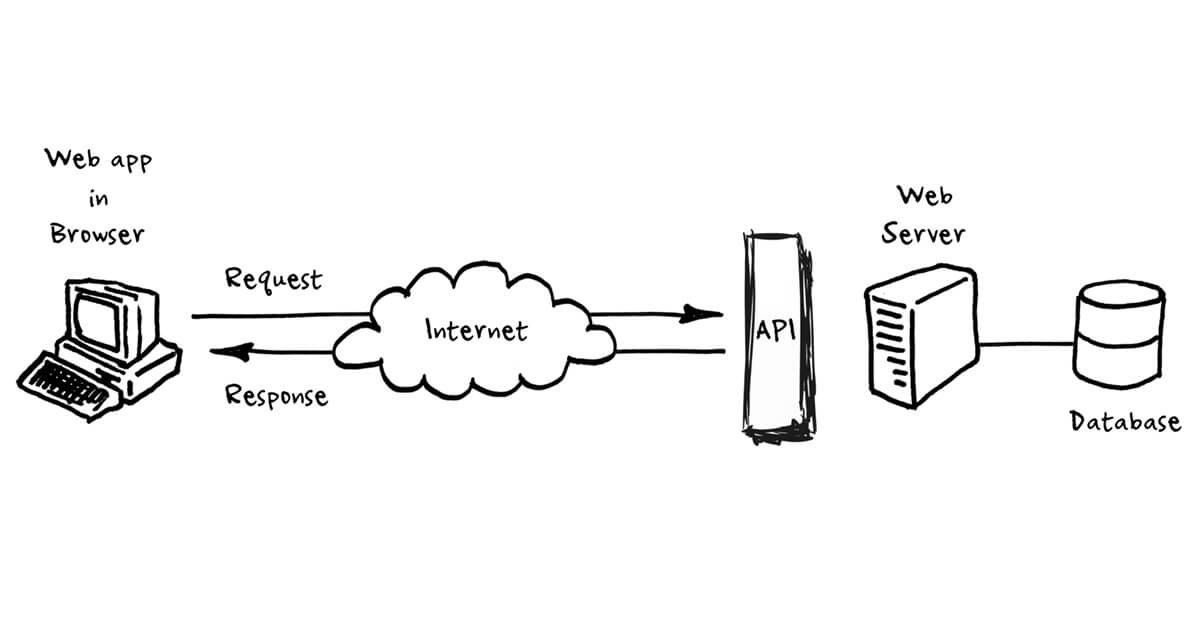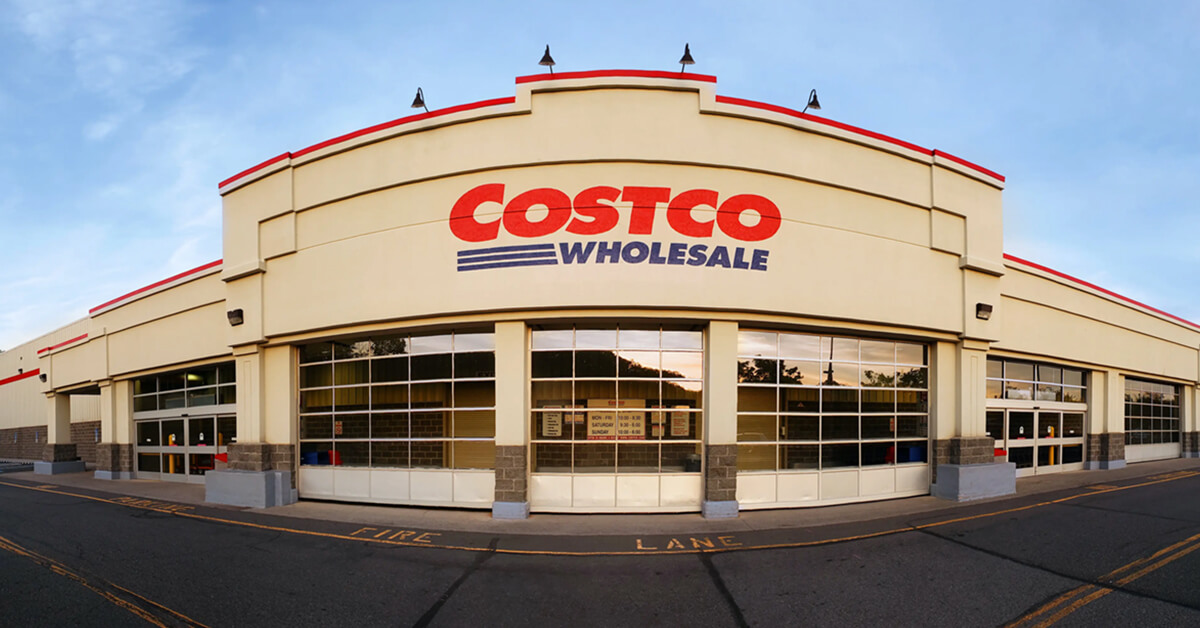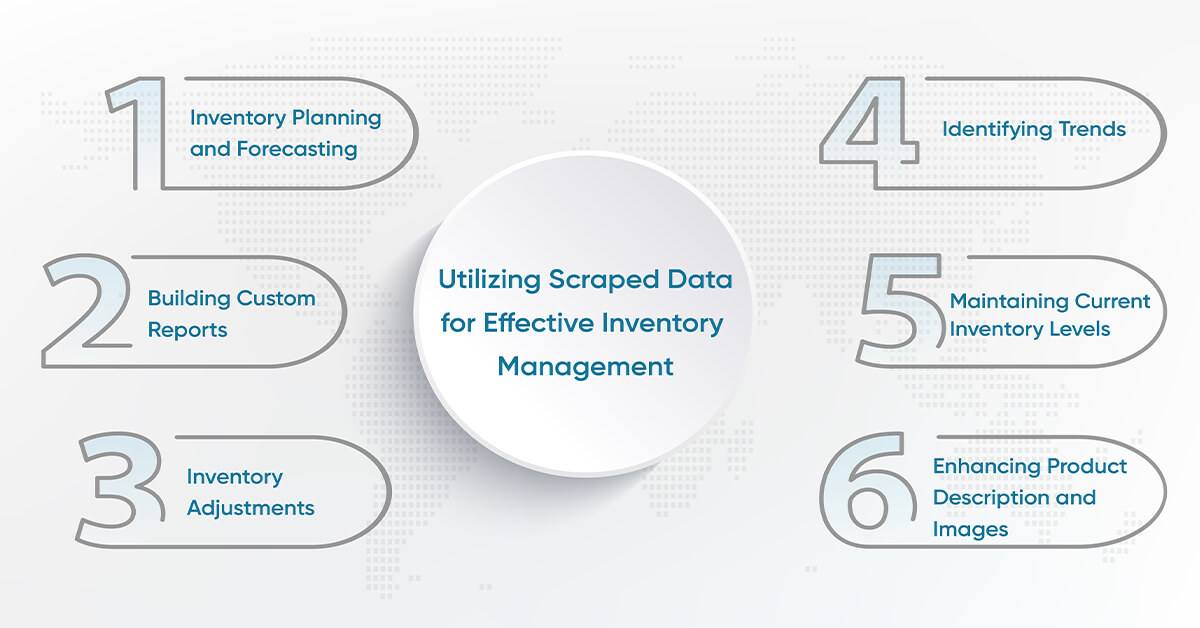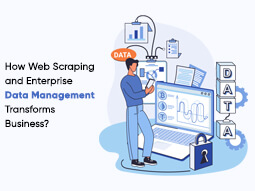A Comprehensive Guide to Utilize the Costco API for Inventory Management and Analysis

This post will give a comprehensive guide to utilizing the Costco API for inventory management and Analysis. This post will cover all aspects of the API, including how to implement it, what is possible, and best practices. You will learn the ins and outs of this cost-effective API, giving you a thorough knowledge base that could come in handy for your inventory management needs!
Introduction to web scraping and API integration:

Web scraping is a method in which data from a website can be extracted and manipulated via an application. Web scraping is helpful because many companies on the web have a lot of data but need to make it available. Therefore, web scraping is a feasible way to get the necessary information without entering or scraping it yourself. Depending on the type of data you are trying to extract, you may use one of two methods: REST or SOAP requests. The Costco API uses REST Requests which will be discussed later in this post.
An API (Application Programming Interface) is a set of routines, protocols, and tools for building software applications. APIs need to provide the core functionality of a product, although the data format may vary from one API to another. The Costco API section will delve into the various aspects of it and how to utilize it for your inventory management needs.
Understanding Costco API for Data Inventory:

The Costco API provides developers access to the items sold and placed in warehouses nationwide. With this purpose in mind, the API is optimized for inventory management.
Costco offers the following information about each product sold from their warehouses:
- The item's SKU number.
- The item's price.
- The quantity purchased.
- A link to the item's barcode (for those who use scanning systems).
However, we will discuss some limitations of this data throughout this post.
Costco Web Scraping

The most significant advantage of using the Costco web scrapers is that data is readily available and will be sent to you. You have to enter a few pieces of information. This reduces the time it would take to enter the data. In addition, it is easy for anyone to implement this and add it to their own inventory management software.
For example, if you wanted to know how many Proctor and Gamble Tide laundry soap units are available in the warehouse, you would enter the SKU number and hit enter. You would then receive that number from the API. Therefore, checking specific items' availability would be easier if you were a retailer with multiple locations or an online business with large inventory databases.
Another advantage is that the scrapers will retrieve information even if it was not saved in your inventory database. If you are looking for more data about an item in your catalog that wasn't once set up, then it retrieves this data when the item is entered.
To start scraping, install the requests and beautifulsoup4 libraries if you haven't. You can do this using the following commands:
pip install requests pip install beautifulsoup4
We will scrape the product names and prices from a Costco category page.
import requests from bs4 import BeautifulSoup
# URL of the Costco category page you want to scrape
url = 'https://www.costco.com/some-category'
# Send a GET request to the URL
url = 'https://www.costco.com/some-category'
# Parse the HTML content using BeautifulSoup
soup = BeautifulSoup(response.content, 'html.parser')
# Find all product containers on the page
product_containers = soup.find_all('div', class_='product')
# Loop through each product container and extract relevant information
for container in product_containers:
# Extract product name
product_name = container.find('a', class_='description').text.strip()
# Extract product price
product_price = container.find('span', class_='price').text.strip()
# Print or save the extracted information
print('Product:', product_name)
print('Price:', product_price)
print('-' * 40)
# Close the HTTP connection
response.close()
Utilizing Scraped Data for Effective Inventory Management

1. Inventory Planning and Forecasting
The scraped data could be used to inform inventory planning and forecasting efforts. The retrieved data could be used to determine the number of items you should keep in stock. This will allow you to plan for future purchasing and restocking.
2. Building Custom Reports
Since the scraped data is retrieved from the API, creating custom reports incorporating your inventory data with other relevant business metrics would be much easier. For example, suppose you have a retail store in the red. In that case, you can create a report showing how many units of this particular item were sold that month compared to what was initially budgeted at the beginning of the year.
3. Inventory Adjustments
You could adjust your inventory records using the data retrieved from the API. For example, you can lower the quantity if you notice a few items in your inventory database in low supply and demand. This would allow you to reallocate the remaining units into higher-selling products. On the other hand, if some items had a high inventory quantity compared to their average sales rate, you can determine if those extra units would be better allocated elsewhere and adjust.
4. Identifying Trends
If you use a tool such as Google Analytics, you can incorporate your metadata data into the dashboard. Then you could see what items sell better at certain times of the year. This can increase your sales during the holiday season by informing you when customers will purchase more in-demand items.
5. Maintaining Current Inventory Levels
The scraped data can identify items delivered to the warehouse and never marked as received. If a retailer notices this, it would indicate that the product has yet to be fully utilized and needs replacement. As a result, you can order more units by checking your inventory database and adjusting as necessary.
6. Enhancing Product Description and Images
The description data helps promote specific products on your website or social media pages. If you notice that a particular item has an interesting story behind it or a limited batch, you can use that description to help market the product. In addition, you can incorporate a high-resolution image to help sell the product.
Costco uses dynamic product identifiers, unique identifiers assigned by Costco to each product at the time of purchase. As a result, retrieving SKUs from the scraped data is impossible. This means we must find out how many units of a particular product Costco has in stock.
Inventory management is an ongoing process, and you can improve your data collection and inventory adjustments in many ways.
Conclusion:
Costco is a large-scale warehouse club with over 4,000 locations across North America. With this API, you can generate the data needed to keep your inventory up-to-date. The scraped data will assist with inventory management and help build new reports and insights about current inventory levels, and could be used for merchandising tactics and promotions. It will allow you to create custom reports highlighting specific data patterns or trends. This will improve your online and offline customer engagement.




